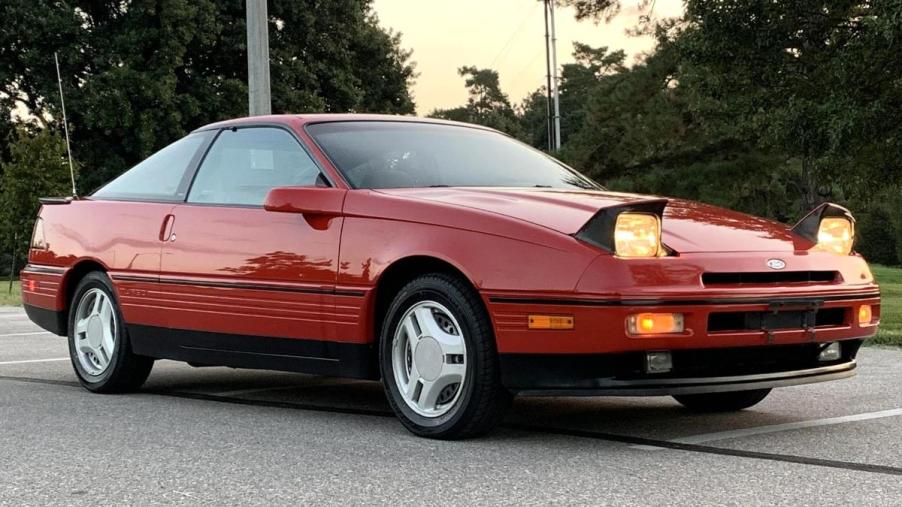
4 Reasons Why the Underrated Ford Probe Is a Classic Car You Should Consider
Automotive classics present an opportunity to kill two birds with one stone: financial speculation and having something fun to drive. Not everyone has the money to dump into an old Lamborghini, and carbureted engines tend to have moods anyway. Fortunately, more mass-market but similarly obscure 80s and 90s cars can scratch that itch, like the underrated Ford Probe. Although it was birthed through contention and never lived up to Detroit’s high hopes, it’s a classic car you should consider for these four reasons.
1. Pop-up headlights
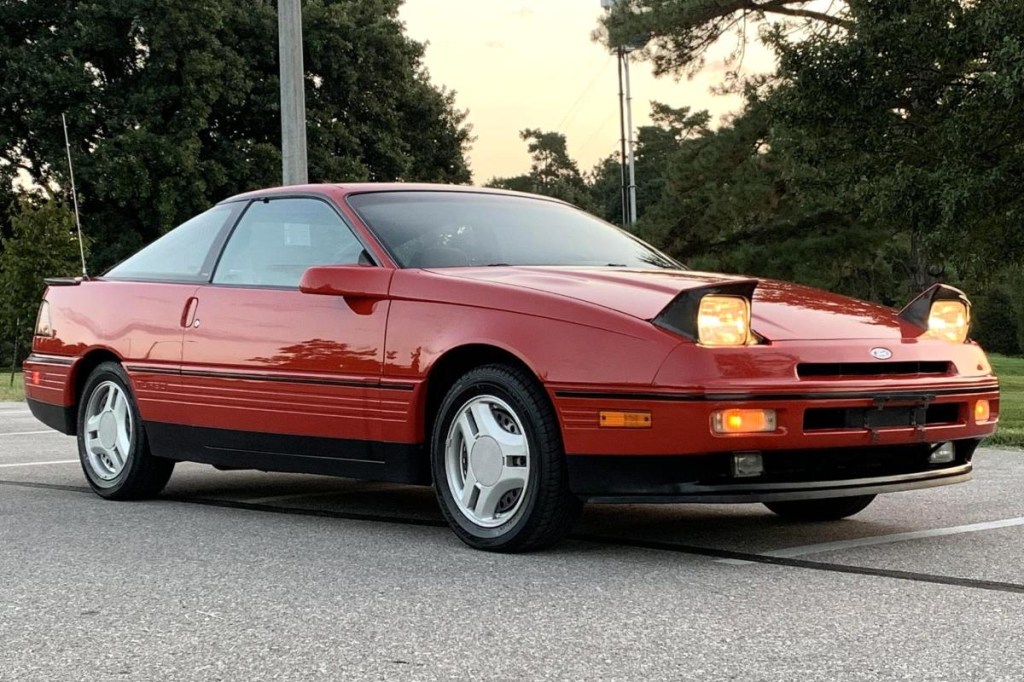
That’s right—you don’t have to own a Ferrari F40, Porsche 944, or C4 Corvette to enjoy pop-up headlights. When Ford teamed up with Turin-based coach-building firm Ghia to create the Probe I concept, they sought to create something futuristic. The wedge-shaped design employed numerous drag-reducing features played out over five iterations, like the following:
- Aero mirrors
- Cab-forward design
- Flush-fit glass
- Recessed door handles
- Rear wheel skirts
- Retractable air dam
- Speed-adjusted suspension
Not all the Probe concept designs—I, II, III, IV, and V—had pop-up headlights, Hemmings notes. Ford’s executive stylist Don Kopta—the same man who designed the 1967 Mustang—ditched most of the radical design to give the public something for normal for the 1989 model year. Graciously, he kept the pop-ups.
2. Mazda reliability
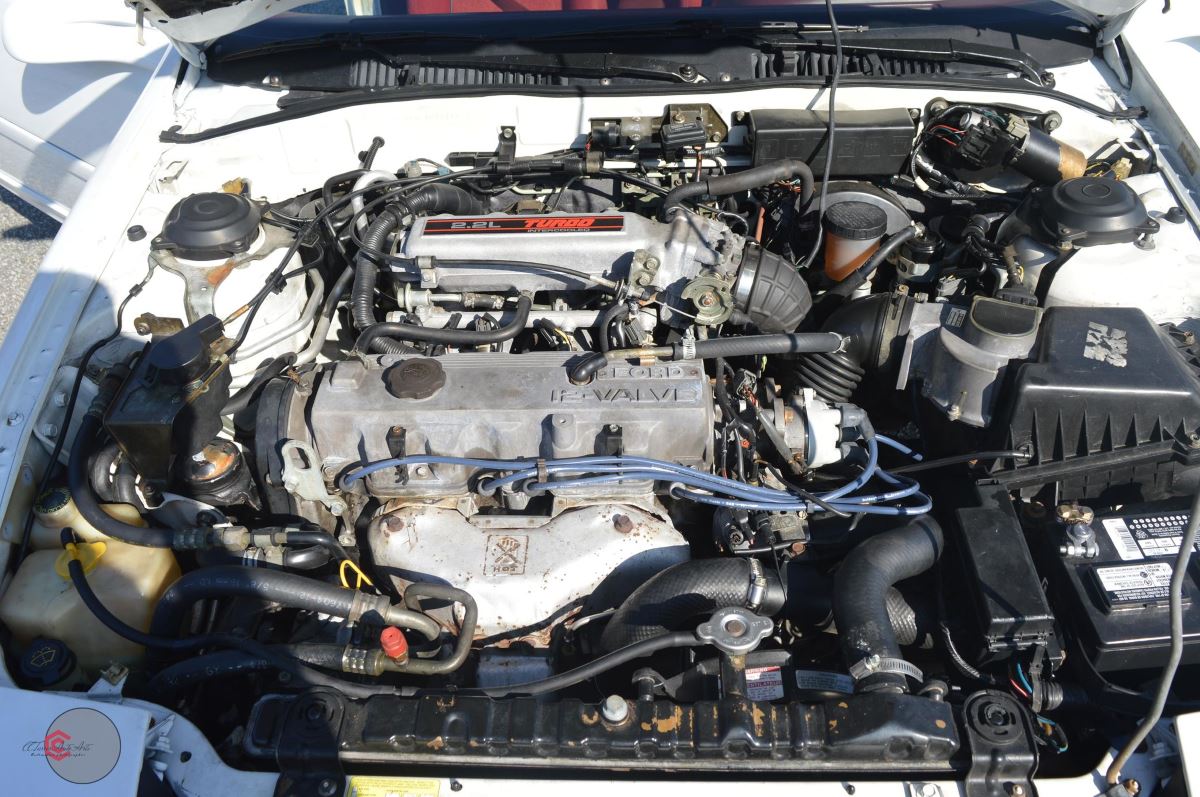
A majority of classic cars are terribly unreliable. Fortunately, no finicky carburetors or exotic-sounding materials underpin the Probe. But despite the blue oval on the front and the Ford literature in the glove box, the Probe has Mazda DNA. Much of the controversy behind the Probe was that the two-door lift-back was actually supposed to replace the Mustang.
Originally based on the Mazda MX-6—the 626 successor—it was intended to provide a more fuel-efficient platform. Ford saw that front-wheel drive layouts were gaining popularity and were cheaper to manufacture. But after the development was leaked on the cover of an April 1987 issue of Autoweek, fans revolted. The end result was a V8 Foxbody Mustang and the reliable Mazda-manufactured Probe.
Over two generations and 300,000 Probes sold, not many mechanical maladies exist. Some complain that things like water pumps, belts, spark plugs, etcetera start to go bad far into the 100,000-mile range. But the Mazda drivetrain holds up well. The only major mechanical recalls from the NHTSA (National Highway Traffic and Safety Administration) were the brakes and the accelerator linkage in the first generation and a leaky fuel filter and a timing belt tensioner spring in the second generation.
3. Excellent cargo area and usability
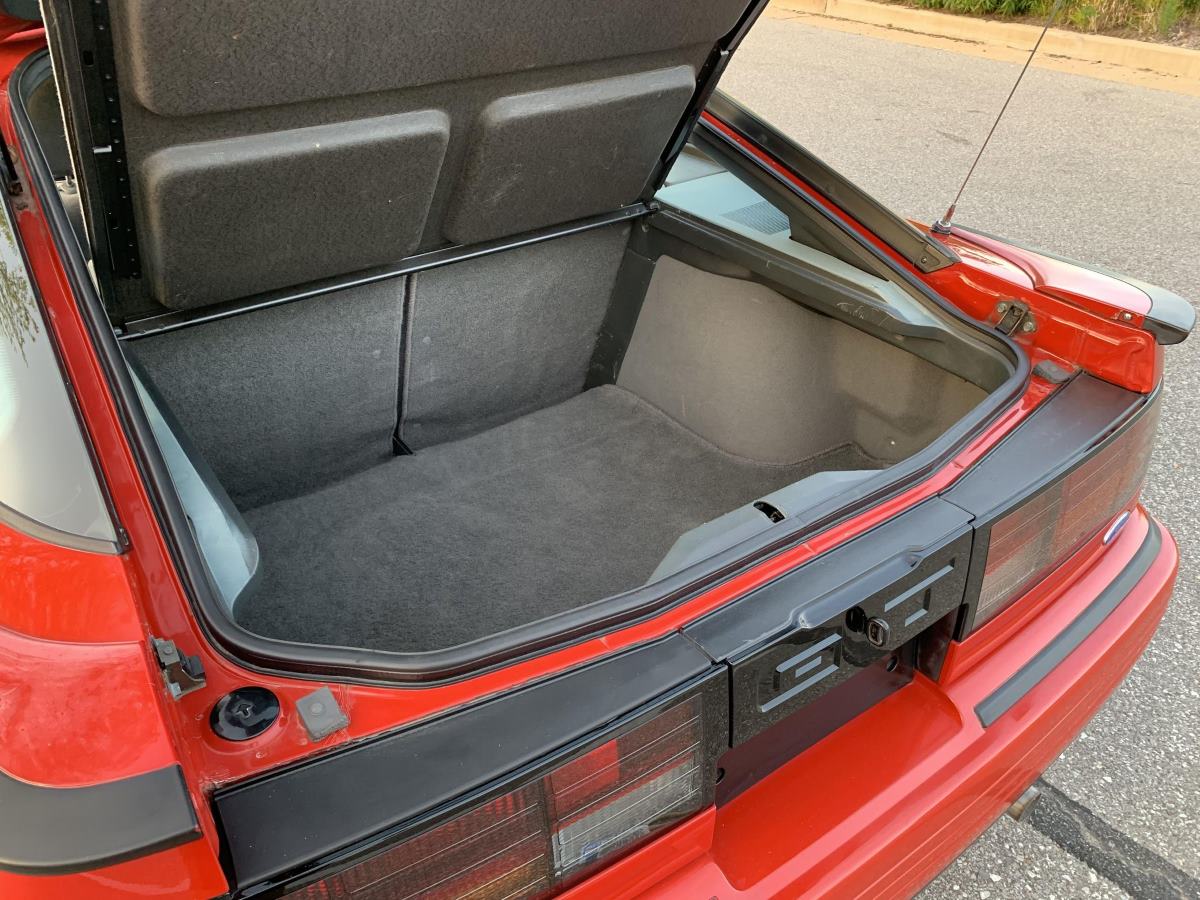
While most classic cars are relegated to weekend use only, the Ford Probe can be an everyday car. Critically, it can even be a weekend cruiser with its load of trunk space. Edmunds says the 1997 Ford Probe provides 18.8 cubic feet of cargo space—and that’s with all the seats in place. And if you want to take a buddy to Radwood, the split-folding rear seating row opens up even more.
The slice of 90s cool wasn’t sparsely equipped for the time, either. Ford’s Probe had the following features:
- Air conditioning
- Central locking
- Electric windows and seats
- Power sunroof (optional)
Nevertheless, it’s still a sports coupe and tight headroom made it cramped for loftier occupants. The cloth-trimmed seats were comfortable, at least, and leather upholstery could be had in the top-of-the-line Ford Probe GT.
4. Welcome affordability
In its last year of production, the Ford Probe GT was roughly $16,000, making it affordable but not cheap. Unfortunately, the criticism from pony car enthusiasts and the resurgence in rear-wheel drive cars at the time didn’t help the resale value. Low sales numbers and economic demise in Japan meant the end of the Probe. Luckily, it lived on, party, in the 1999 Mercury Cougar.
There isn’t much in the classic car market that can be picked up for less than $5,000. But the Ford Probe can. Even concours-level Probes barely tick over the five-figure mark on the second-hand market. Classic.com shows one that sold for $4,200 with just under 45,000 miles on the clock, albeit a base model.
What type of engine does the Ford Probe have?
| Engine | HP | Torque (lb-ft) |
| 2.2-liter Mazda F2 four-cylinder | 110 | 129 |
| 3.0-liter Ford Vulcan V6 | 140 | 160 |
| 2.2-liter turbocharged Mazda F2T four-cylinder | 140 | 160 |
First-generation Probes came with the Mazda four-cylinder in the base GL trim level, mated to either a four-speed automatic or five-speed manual transmission. The LX gained Ford’s V6, and the turbo-four powered the top-tier GT. The Ford Probe GT was the most performance-inclined of the bunch. Underneath, the Mazda-derived suspension was tuned by Ford. The three-way adjustable system employed variable damping shocks with nitrogen-pressurized front and rear struts and stabilizer bars. It also featured disc brakes, ABS at all four corners, and an innovative speed-sensitive variable-assist power steering.
Mazda’s V6, although smaller, produced more power. It also bumped up fuel efficiency by roughly four mpg in city and highway conditions.
What changed for the 1993 Ford Probe?
| Engine | HP | Torque (lb-ft) |
| 2.0-liter Mazda FS four-cylinder | 118 | 128 |
| 2.5-liter Mazda KL-DE V6 | 160 | 156 |
For the 1993 refresh, Ford dropped the turbo-four in the second generation. The overall look from the Kopta-Ghia design was kept, but Mimi Vandermolen— the woman who styled the breakthrough 1986 Ford Taurus—took charge with female drivers in mind. According to a report from Core77, Vandermolen explained, “If I can solve all the problems inherent in operating a vehicle for a woman, that’ll make it much easier for a man to use.”
Part of the issue with the first-generation model was that all the Mazda-designed hard points of the Probe—wheelbase, width, suspension, and hood height—were fixed when Ford got to it. For the redesign, Ford could insert some of its mechanical architecture into the mix.
Some of the alterations included:
- A smooth V6
- Occupant-friendly ergonomics
- Taller and wider tires
- Thicker front roll bars and stiffer springs
- A more aggressive front fascia
- Sleeker styling
- Weight reduction
Should you consider a classic Ford Probe?
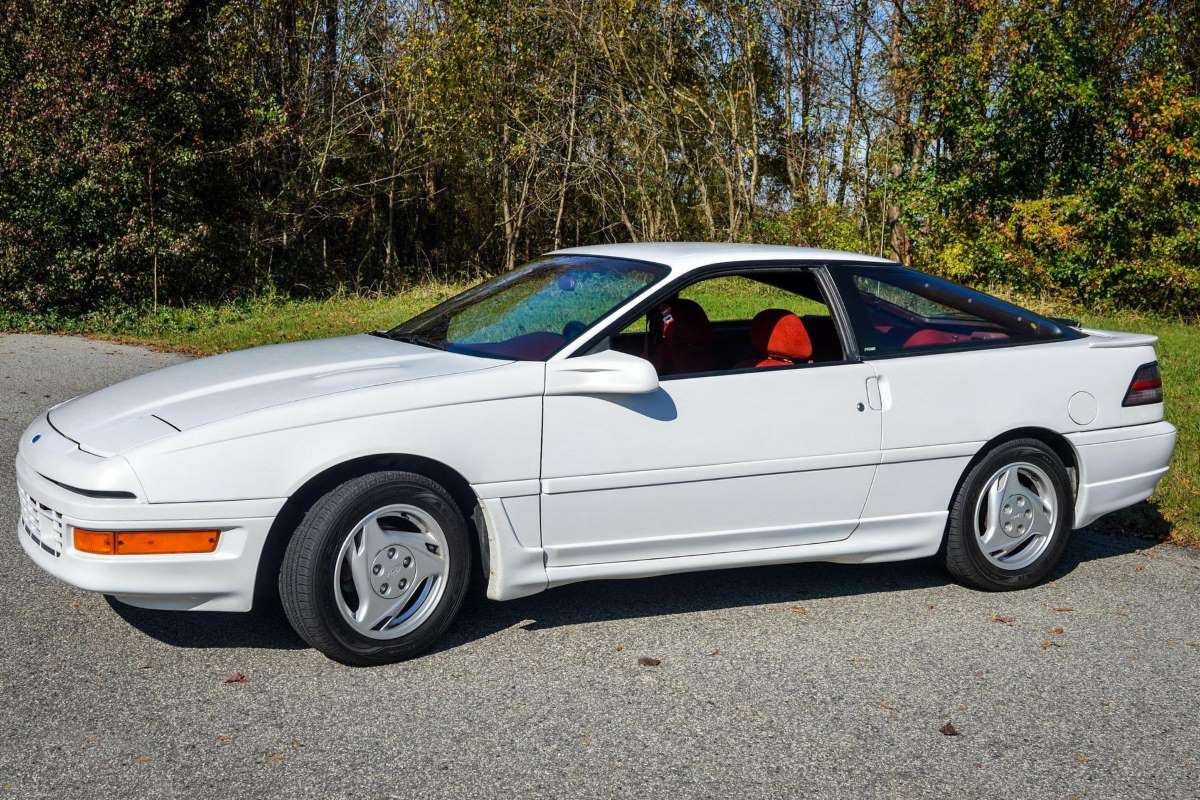
You’ll likely be disappointed if you’re looking for a 10x return on investment with a gavel drop at Barrett Jackson’s. Therefore, it’s more of an enthusiast’s car, and a relatively average one.
Those looking to take on the 90s JDM crowd should be cautious, however. There’s a reason why most Probes remain unmodified. Even if you opt for the V6, getting more power out of it isn’t cheap. But if you own a Probe, you’ll likely be in a crowd of one.


